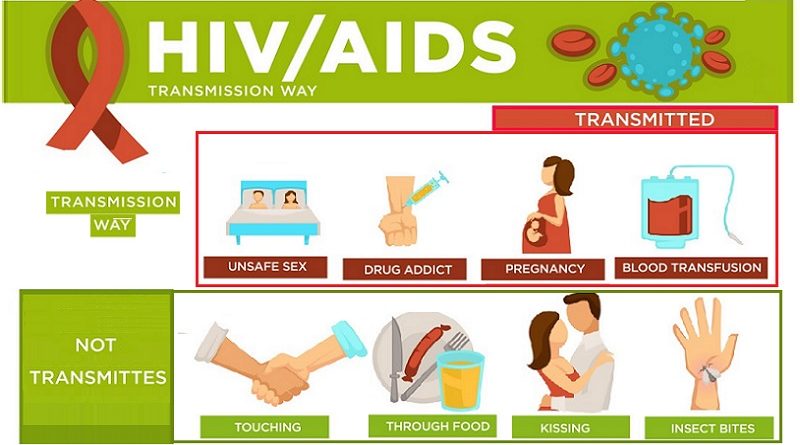HIV person can spread infection always: True or False?
One of the most common misconceptions is that an HIV person can spread the virus at all times. This is not entirely true. Can HIV person spread infection always? Therefore, the short answer is no.
You know, if you are a reader for my blog, that HIV is a virus that attacks the immune system and can lead to acquired immunodeficiency syndrome (AIDS). Also you may know that the virus can be spread from person to person through certain bodily fluids, there are many misconceptions about how and when it can be transmitted. One of the most common questions is whether a person with HIV can spread the infection all the time.
The short answer is no, a person with HIV cannot spread the virus all the time. However, it is important to understand the factors that can increase or decrease the risk of transmission. HIV is most commonly spread through sexual contact, sharing of needles or syringes, and from mother to child during pregnancy, childbirth, or breastfeeding. It can also be transmitted through blood transfusions or organ transplants, although these routes of transmission are rare in developed countries due to screening and testing procedures.
The risk of transmitting HIV is highest when a person is in the acute stage of infection, which occurs within the first few weeks after contracting the virus. During this stage, the amount of virus in the body is very high, making it more likely to spread to others. However, even during this stage, the risk of transmission can be reduced by using condoms or other barriers during sex, not sharing needles or syringes, and seeking medical treatment as soon as possible.
Once a person with HIV begins antiretroviral therapy (ART), which is a combination of medications that can suppress the virus, the risk of transmission decreases significantly. ART can reduce the amount of virus in the body to undetectable levels, which means that there is not enough virus present in bodily fluids to transmit the infection to others. This is known as “Undetectable = Untransmittable,” or U=U, and has been supported by numerous scientific studies.
It is important to note that while the risk of transmission is greatly reduced when a person is on ART and has an undetectable viral load, it is not zero. Condoms and other barriers should still be used to reduce the risk of transmission, especially in certain high-risk situations such as sex with a partner who is not also on ART, or sharing needles or syringes.
SUMMARY
The idea that a person with HIV can spread the infection all the time is wrong. While HIV can be transmitted through certain body fluids, (such as blood, semen, and vaginal discharge), the risk of transmission can be greatly reduced through safe sex practices, such as using condoms properly), and not sharing needles or syringes with others, particularly HIV positive persons. With proper medical care and adherence to ART, that successfully make the viral load undetected, a person with HIV can live a long, healthy life without transmitting the virus to others.
SOURCES




